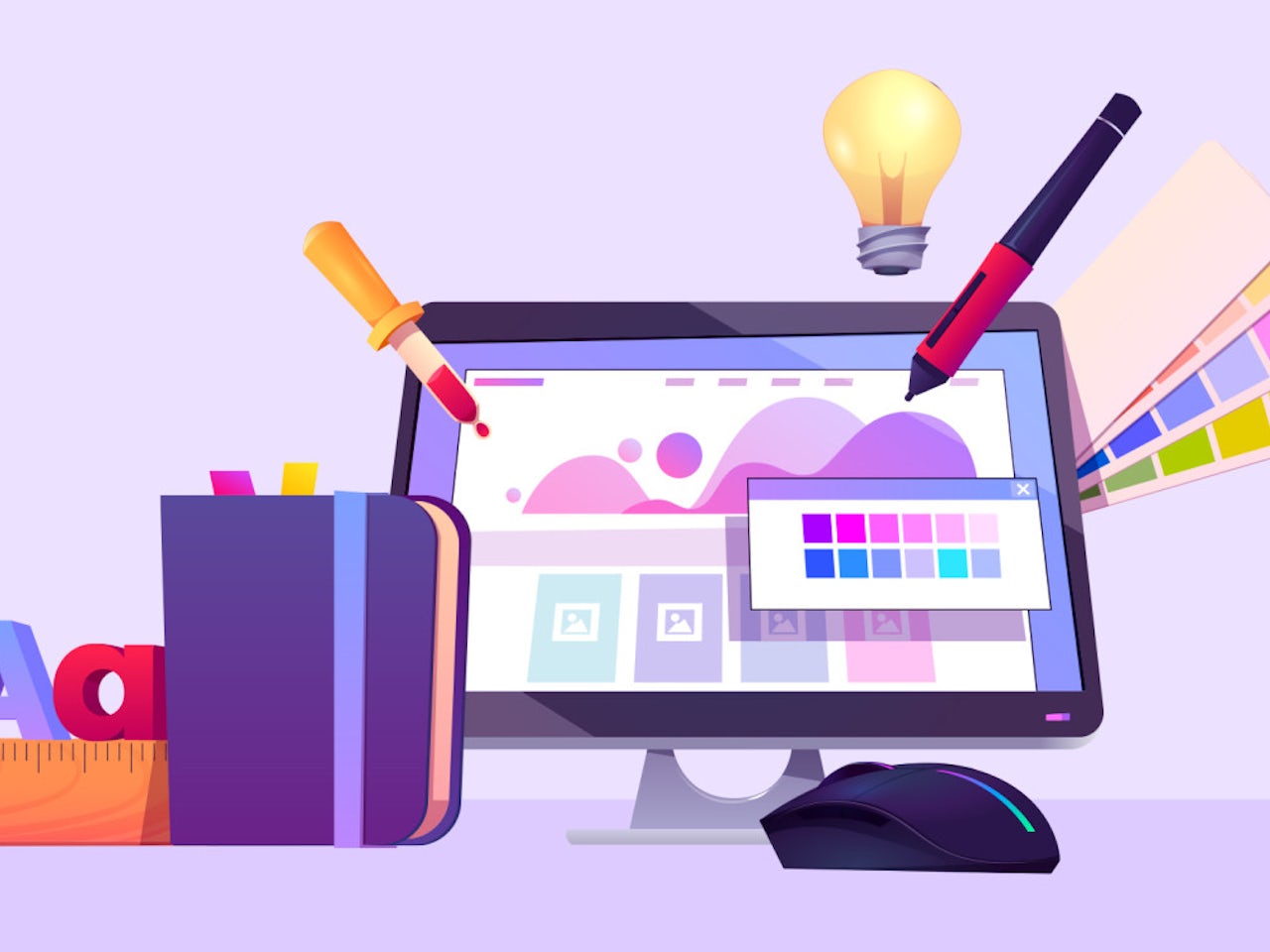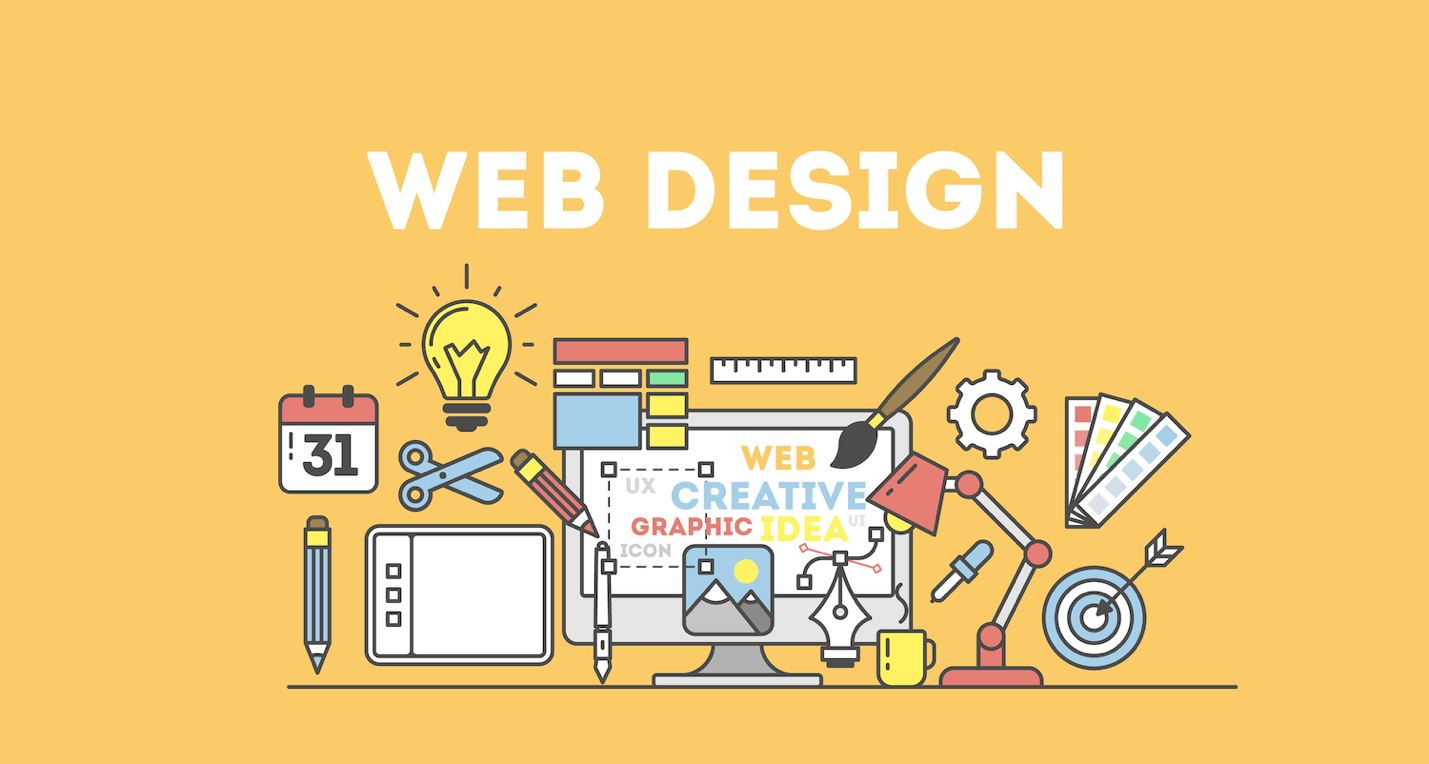Maximize Customer Experience With Cutting-edge Web Site Layout Solutions
In today's digital landscape, maximizing customer experience with cutting-edge site layout services is vital for services looking for to engage their target market successfully. The integration of interactive aspects can further boost the customer trip, prompting a reevaluation of typical style strategies.
Recognizing User-Centric Design

To execute user-centric style efficiently, it is important to conduct complete research study, consisting of customer interviews, surveys, and usability testing. These study techniques supply important data that educates style choices, making sure that the end product lines up with user assumptions. Furthermore, producing individual characters can help designers empathize and envision with the end-users, guiding the layout process towards more pertinent remedies.
Moreover, iterative design is an essential part of user-centric methods. By continually testing and refining styles based upon customer comments, developers can recognize pain factors and locations of renovation, leading to an extra sleek end product. Inevitably, user-centric design is not merely a phase in the development process however a constant commitment to focusing on user requirements, leading to even more appealing and effective electronic experiences.
Value of Responsive Layouts
As electronic interactions significantly occur across a range of tools, the significance of receptive layouts can not be overemphasized. A responsive format ensures that a web site adjusts flawlessly to different display dimensions, from desktop computer screens to smart devices. This adaptability is critical in today's multi-device landscape, where users anticipate a regular and interesting experience despite just how they access web content.
The primary benefit of receptive layout is boosted customer fulfillment. When a website is optimized for all tools, it reduces the demand for zooming, scrolling, or horizontal navigating, which can discourage individuals and lead to greater bounce rates. Additionally, internet search engine like Google focus on mobile-friendly sites in their ranking algorithms, making responsive formats crucial for effective search engine optimization techniques.
Additionally, responsive formats facilitate less complicated maintenance and updates. Instead of taking care of separate variations of a web site for various tools, a single, fluid design can be modified, conserving time and sources. This alternative technique not only enhances efficiency but additionally cultivates brand comprehensibility throughout platforms. Inevitably, spending in responsive layouts is not just a trend; it is a basic principle of modern website design that significantly enhances user experience and involvement.
Enhancing Navigating and Accessibility
Efficient navigating and accessibility are pivotal components of a properly designed internet site, substantially affecting user involvement and contentment. An user-friendly navigation structure enables site visitors to find info quickly and intuitively, decreasing irritation and boosting the likelihood of repeat check outs. Applying clear, detailed tags for navigating web links, in addition to a rational power structure, can direct users seamlessly via the website.
Access is similarly important, making certain that all individuals, despite their impairments or capabilities, can engage with the website properly. This can be accomplished through using appropriate color contrasts, message dimensions, and alt message for images, which together boost the experience for visually impaired customers. Furthermore, incorporating keyboard navigation and screen reader compatibility broadens access for individuals with diverse requirements.
Regular functionality testing can offer important insights right into navigation effectiveness and access concerns. By collecting responses from real users, developers can identify pain factors and make enlightened changes. Ultimately, prioritizing navigation and accessibility not just cultivates inclusivity but also grows a positive individual experience, enhancing the brand's commitment to quality and customer care in a read this post here significantly digital landscape.
Utilizing Aesthetic Pecking Order Efficiently
Visual power structure acts as a directing structure in internet site style, directing customers' attention to the most vital aspects on a page. By tactically arranging visual parts such as shade, spacing, and typography, designers can create a clear pathway for users to follow. This structure not just improves customer experience but additionally improves material understanding.
One reliable means to establish aesthetic power structure is via using dimension and scale. Bigger aspects naturally bring in more attention, making you can try this out headings and vital visuals noticeable. Complementing this approach with contrasting shades can further separate main material from secondary information, guaranteeing that vital information stands apart.
Additionally, the arrangement of components plays a critical role in guiding customer communication. Using a grid format can create a cohesive flow, while whitespace aids to separate material and lower cognitive lots - Website Design. This willful spacing enables individuals to refine details extra quickly, bring about enhanced interaction
Finally, utilizing consistent style patterns aids enhance aesthetic hierarchy, giving individuals with acquainted cues as they browse the site. By prioritizing these concepts, designers can properly make the most of user experience, making certain that visitors can easily locate the info they seek.
Integrating Interactive Components
The consolidation of interactive aspects into internet site layout can dramatically boost customer engagement and overall experience. Interactive attributes such as sliders, tests, and polls not just captivate users however additionally advertise active participation, making the surfing experience much more unforgettable. By urging users to interact, websites can effectively keep focus and reduce bounce prices.
Moreover, integrating vibrant material like animations and hover results includes an appealing layer of interactivity. These aspects can assist individuals intuitively through the site, highlighting vital information and contacts us to activity. For example, computer animated buttons can draw attention and boost click-through rates.
Furthermore, personalization through interactive devices such as chatbots or recommendation engines enables web sites to cater to individual choices, cultivating a sense of connection. This tailored click here for more info approach not just boosts user satisfaction but also motivates repeat sees.
Integrating analytics tools to track communications gives important understandings right into individual behavior, allowing constant improvement of the interactive aspects. Ultimately, a properly designed interactive experience changes an easy browsing session right into an interesting journey, bring about raised user contentment and loyalty. For that reason, incorporating interactive components is important for making best use of individual experience in modern-day website layout.
Final Thought

In today's electronic landscape, optimizing individual experience with cutting-edge site design solutions is crucial for services looking for to engage their audience effectively. Eventually, prioritizing navigating and accessibility not just cultivates inclusivity however also grows a favorable individual experience, reinforcing the brand's dedication to quality and customer care in an increasingly digital landscape.

In verdict, maximizing user experience through ingenious internet site style solutions demands a dedication to user-centric principles. Website Design.